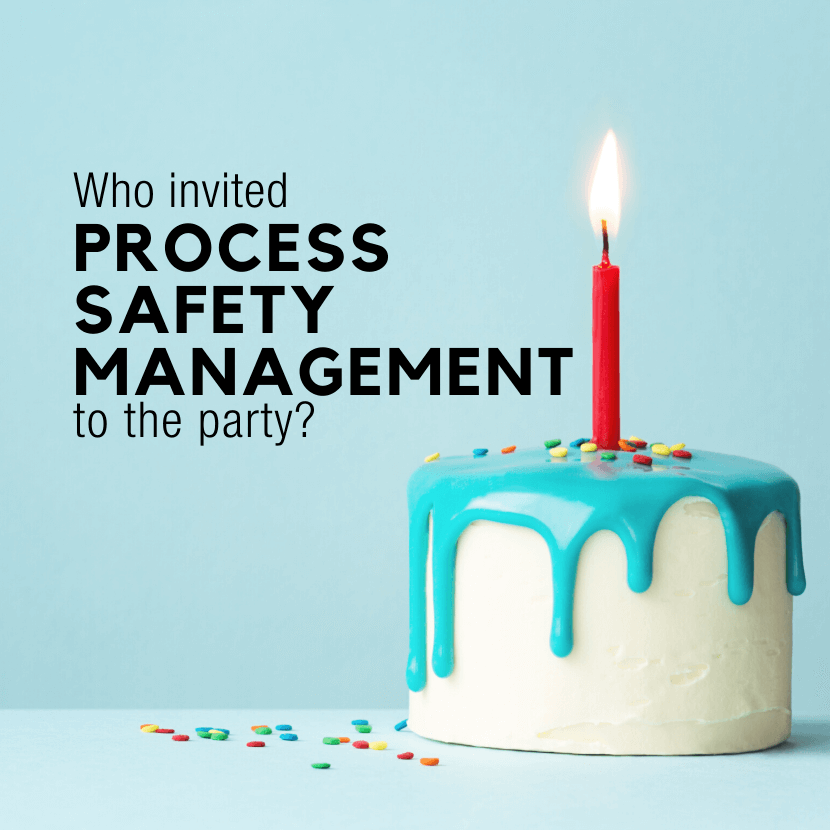
Who invited PSM to the party?
As I sit here reviewing Process Safety Management audit results, I reminisce on the birthday of the PSM scheme as we know it today. Many of those reading this will instantly proclaim 29 CFR 1910.119. However, the Code of Federal Regulations published in the Federal Register is merely the resting place. The origin can be traced back to a time before cell phones. The threat of acid rain, urban air pollution, and toxic air emissions allowed the momentum of the executive and legislative branches to result in the 1990 Clean Air Act Amendment. It passed by 401-21 in the House and 89-11 in the Senate, an outstanding super-majority. The legislation was signed into law on November 15, 1990, by President Bush.
In the 1990 Clean Air Act Amendment, Section 112r required the EPA to publish regulations and guidance for chemical accident prevention at facilities using substances that posed the greatest risk of harm from accidental release. These regulations required any company, regardless of size, that uses enough quantities of flammable and toxic substances to develop a Risk Management Program. By June 21, 1999, a summary of the facility’s Risk Management Plan had to be submitted to the EPA. These Risk Management Plans must be revised and resubmitted at least every five years, sometimes sooner.
Since then, 29 CFR 1910.119 regarding Process Safety Management and Process Hazard Analysis (PHA or if you are in government PrHA) has remained largely intact and underwent minor revisions. According to the govinfo.gov, the last modification was in 2012 regarding hazard communications. That which was once a radical and comprehensive change, PSM has now become commonplace and a necessity. So sharpen your pencils and dust off your PHA matrixes, PSM is nearing its 30thbirthday and it appears that it has a long life ahead.
Sources:
https://www.epa.gov/clean-air-act-overview/1990-clean-air-act-amendment-summary
https://www.epa.gov/sites/production/files/2013-10/documents/caa112_rmp_factsheet.pdf
https://www.osha.gov/laws-regs/regulations/standardnumber/1910/1910.119
https://www.govinfo.gov/app/details/CFR-2012-title29-vol5/CFR-2012-title29-vol5-sec1910-119/related
The above is purely for informational purposes only. It is not to be construed as professional advice or a formation of a professional relationship between the reader and the writer.

